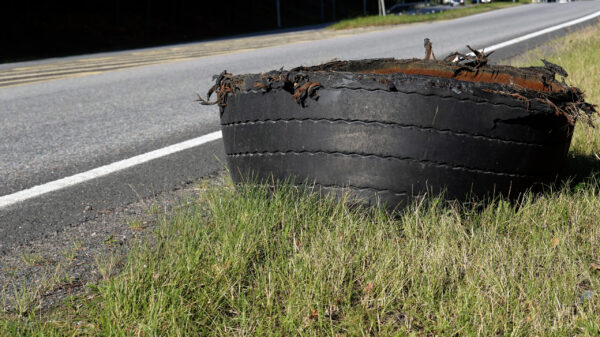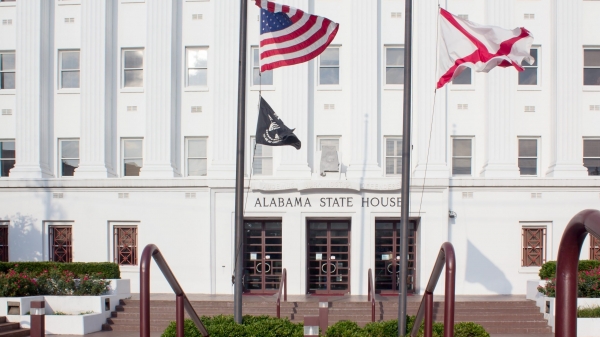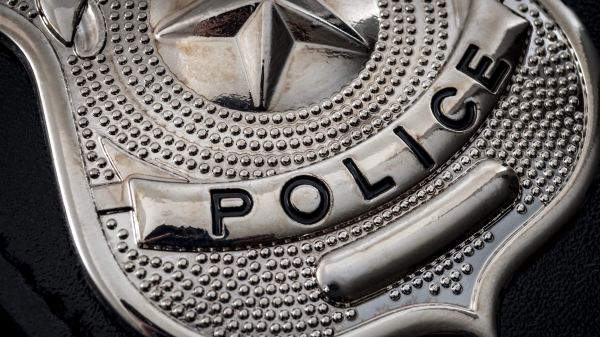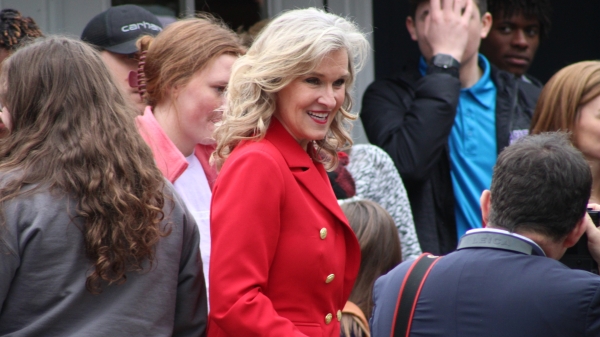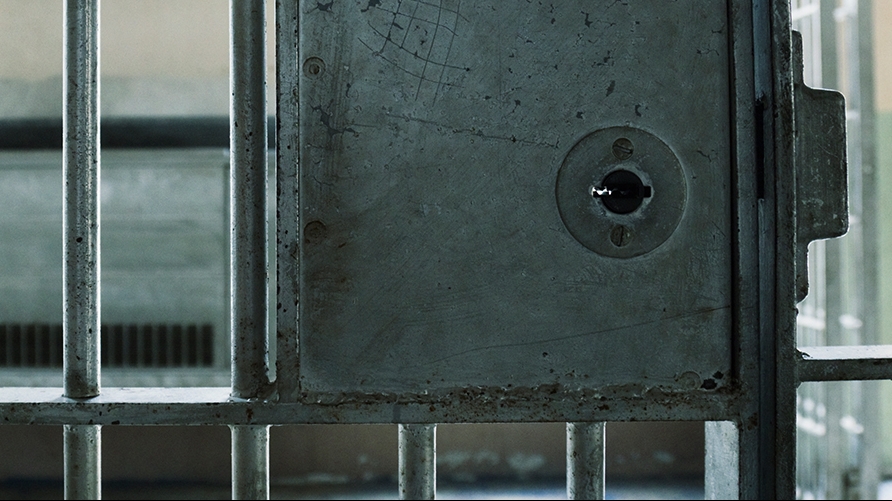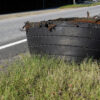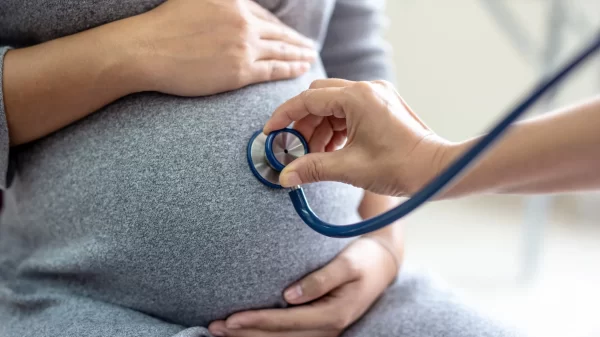By Bill Britt
Alabama Political Reporter
Recently, I accompanied my wife, Susan, and radio-host-politico, Baron Coleman, on a tour of the Elmore County Correctional Facility.
To call spending any time in a state correctional facility a tour is much like labeling a sudden face-to-face with an alligator at a petting zoo. Prisons in Alabama are raw, metal, and concrete boxes that contain criminals, where every moment can become a violent confrontation for survival.
Our prisons house those who— at least for a period of time—are deemed unfit to live among us. According to the State, some are without redemption, and will be incarcerated until the day they die. Others will one day return to society. But for now, they all live in conditions unimaginable to most Alabamians.
The men in Elmore County Correctional Facility have forfeited their freedom because they committed crimes. We may feel compassion for them, but they are behind bars because of what they did, not what we failed to do.
But, not only are these individuals incarcerated, the men and women who work in corrections are locked up in there with them. And with an anemic starting salary of $28,000 annually, it is surprising anyone would want this job.
Sen. Dick Brewbaker invited Baron to visit the facility and I asked to tag along. Susan, being who she is, would not have it that only the boys would make the trek, and demanded a spot on the visitors list. She and I had toured St. Clair Correctional Facility a few years ago, so we had some idea of what was in store.
Elmore County Correctional facility is on a flat, parched plot of land, in what seems to be the middle of nowhere.
The thermometer in our vehicle read 95 degrees, as we sat on the black-top parking lot, facing the razor wire fence, waiting for our 2:00 p.m. appointment.
Elmore was built in 1981, as a temporary holding facility. It was upgraded in 1991 with three permanent dormitories designed to house 600 inmates. Today, it houses 1176, which is near or at 200 percent capacity. This obscene overcrowding is representative of the correctional system as a whole.
Elmore is a Medium Custody prison meaning it holds prisoners who have demonstrated less severe behavioral problems. It is a level four facility, one click down from those with the most violent offenders.
Over 50 percent of the inmates at Elmore are violent offenders. The prison population consists of 762 Black, 404 White, and 10 from other ethic groups. The majority are serving 20 years to life. Of those incarcerated in Elmore burglary and theft, robbery and assault and murder represents the majority crimes. Sex-related offenses, outrank drug trafficking, manufacturing and distribution. Only 7.8 percent are serving time for procession of drugs.
The so-called dormitories are two-story metal buildings, essentially four exposed metal walls, approximately the size of a small high school gym.
Each dorm is home to 392 men who live in bunk-beds. There are a few wall-mounted fans and two televisions.
Conditions are cramped and infrastructure is minimal with 392 men sharing a communal bathroom. There are eight toilets and six shower heads affixed to two poles. Everything is clean, but old.
The dorms were designed for single beds, but now are equipped with bunk-beds. Bunk-beds are a problem, explains Warden Leon Forniss, because the COs can’t see what the prisoners are doing without walking each row. This makes for an unsafe environment for the CO and the inmates. Drugs, mischief and even consensual sex is not uncommon in prison, and the double stacked beds make it more difficult for a CO to police what is actually happening in the cramped quarters.
The prison is almost 50 percent under staffed. There are 100 open positions at Elmore alone. On an average shift there is one Correctional Officer (CO) for 59 inmates. Because of understaffing there are usually just two correctional officers to oversee each dorm. The COs are unarmed except for a radio, a can of mace, and a extendible baton.
As we enter the dormitories, we are accompanied by the warden, other staff, and two COs. The dorm’s temperature could reach 120 degrees today. We are surround by inmates, most pale, thin, dressed in white pants and t-shirts. We are told not to make eye-contact for safety reasons. We are instructed to be vigilant at every moment. No one is safe in prison, security is a mirage, made real only by professional leadership by the officers in the prison.
This is not television prison. Here the officers are outnumbered and the inmates are unpredictable. Brain power and professionalism is the CO’s greatest power.
Warden Forniss, who has worked in corrections for over three decades, sets the example. Leadership is what holds a prison together, not steel or iron.
Elmore offers drug and alcohol treatment, as well as counseling. Qualified inmates may attend classes at J.F. Ingram Community College, which is close by.
Elmore is the recycling headquarters for the Department of Corrections, and also maintains compost for the local area. It also serves as a regional laundry facility. But, for most inmates, their day is comprised of keeping the facility clean, eating, sleeping, and staying out of trouble.
The dinning room at Elmore can seat 144 inmates at a time, so meals are served in shifts, with breakfast beginning around 3 a.m. The food is home cooked on-site by certified kitchen staff. Food service is clean, efficient, and fast. An inmate only has 12 minutes to eat before the next group arrives.
The executive team that accompanied us at Elmore consisted of Warden Forniss, Assistant Warden Carl Clay, and Captain Anthony Smiley They are smart, tough men, who are dedicated to their jobs. Their kind is hard to find.
Lately, we have heard a great deal about prison reform, but it is not only the prisons that must be altered…it’s the entire Criminal Justice system. Prisons are just one room in a long corridor of criminal justice. Many times, it is the most visible, but to enact meaningful long-term change, the whole must be addressed, not simply a part.
But, this story is about one place which is an example of men and women doing good work in a broken system. We often hear “lock them up and throw away the key.” I have even heard people say, “chain them to a bed and give them bread and water.” At best those are blatantly ignore statements, at worst they are cruel and not aligned with the conscience of our founding constitution. In America, prison means a loss of freedom, not a loss of humanity, even for those who have committed heinous crimes. Our laws forbid cruel and unusual punishment.
Life in Elmore is certainly on the razor’s edge.
Last Legislative Session lawmakers passed some reforms, but did not fund them. Perhaps, a day at Elmore would convince them to act differently.
The Department of Corrections says the door is open to all legislators who would like a tour. But, few have actually made the request.
Alabama prisons are hard, brutal places, that punish.
We know how to be tough on crime.
The question is: Can we be smart about it.












